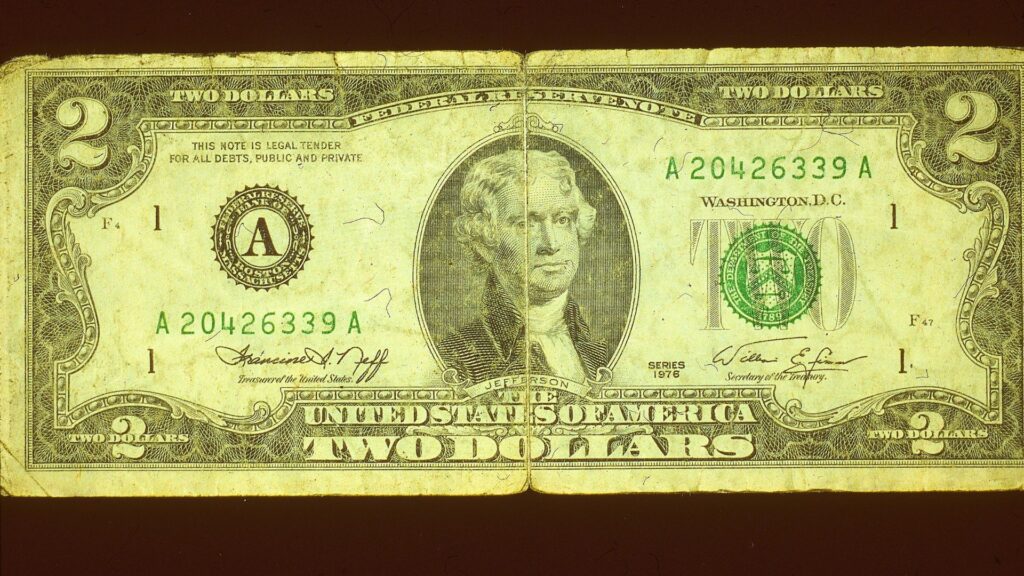Many people might look at a $2 bill and not think twice about spending it. After all, it’s just money, and we need it to buy and afford various products.
However, that $2 bill sitting in your wallet might not actually be worth $2. A few $2 bills in circulation have been valued, and yours could be worth thousands.
The Origins of $2 Bills

$2 bills first came into circulation in 1862 and were issued by the federal government. The initial print on the bill was Alexander Hamilton, which then changed to Thomas Jefferson in 1869.
Since then, there have been around 6 different designs on $2 bills. However, not many people will be aware of this or what the significance behind each design can mean for the value of the $2 bill.
$2 Bills Selling for Thousands
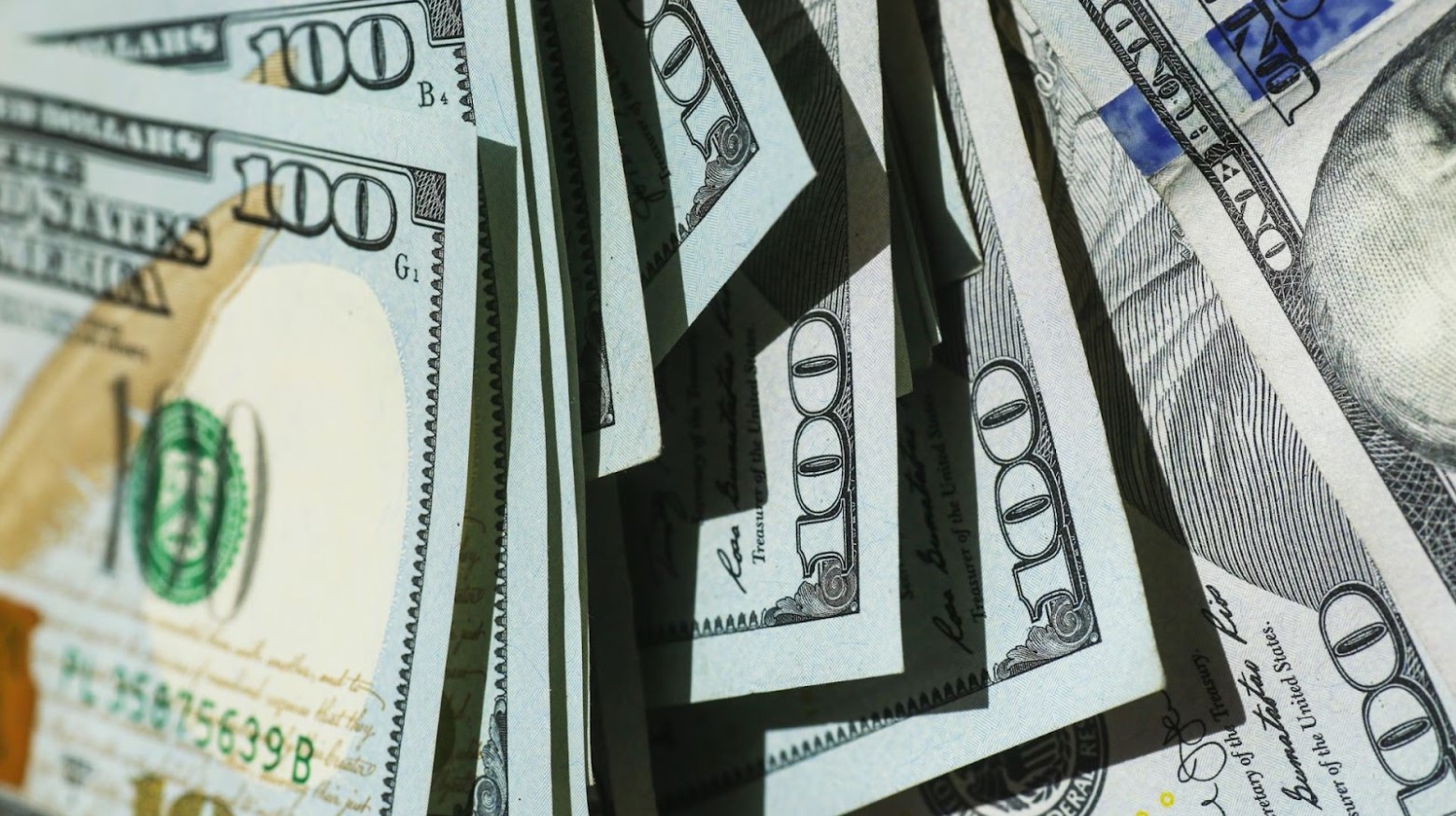
One person found an old $2 bill from 2003 in 2022 and decided to sell it. The bill was sold on an online auction, with the person who sold it managing to make $2,400.
This same $2 bill was then sold again just two weeks later. It had almost doubled in price in just a matter of weeks as it was sold for $4,000. Other $2 bills from the same year have also sold for hundreds of dollars or, in some cases, higher.
Many Hope Their $2 Bills Are Worth Something
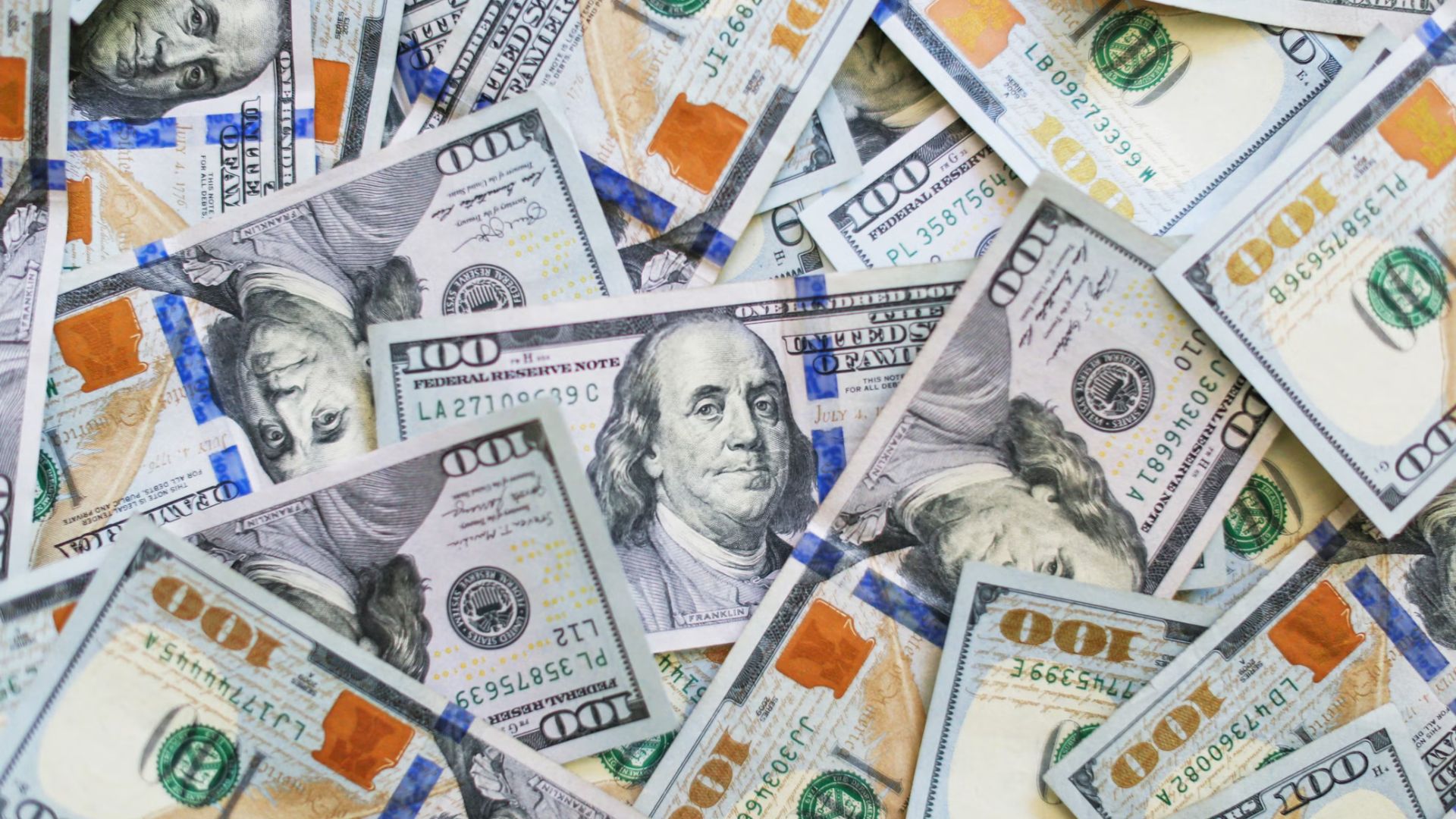
Once the news went viral that the $2 bill from 2003 had sold at auctions for thousands, Heritage Auction received a lot of phone calls from people in the hope that their $2 bills were also worth a similar amount or more.
However, the company has told people to slow down because this seems a one-off incident. The majority of these bills, especially ones that have been printed and minted in recent years, are unlikely to be worth more than their face value.
Most $2 Bills Are Worth Their Face Value
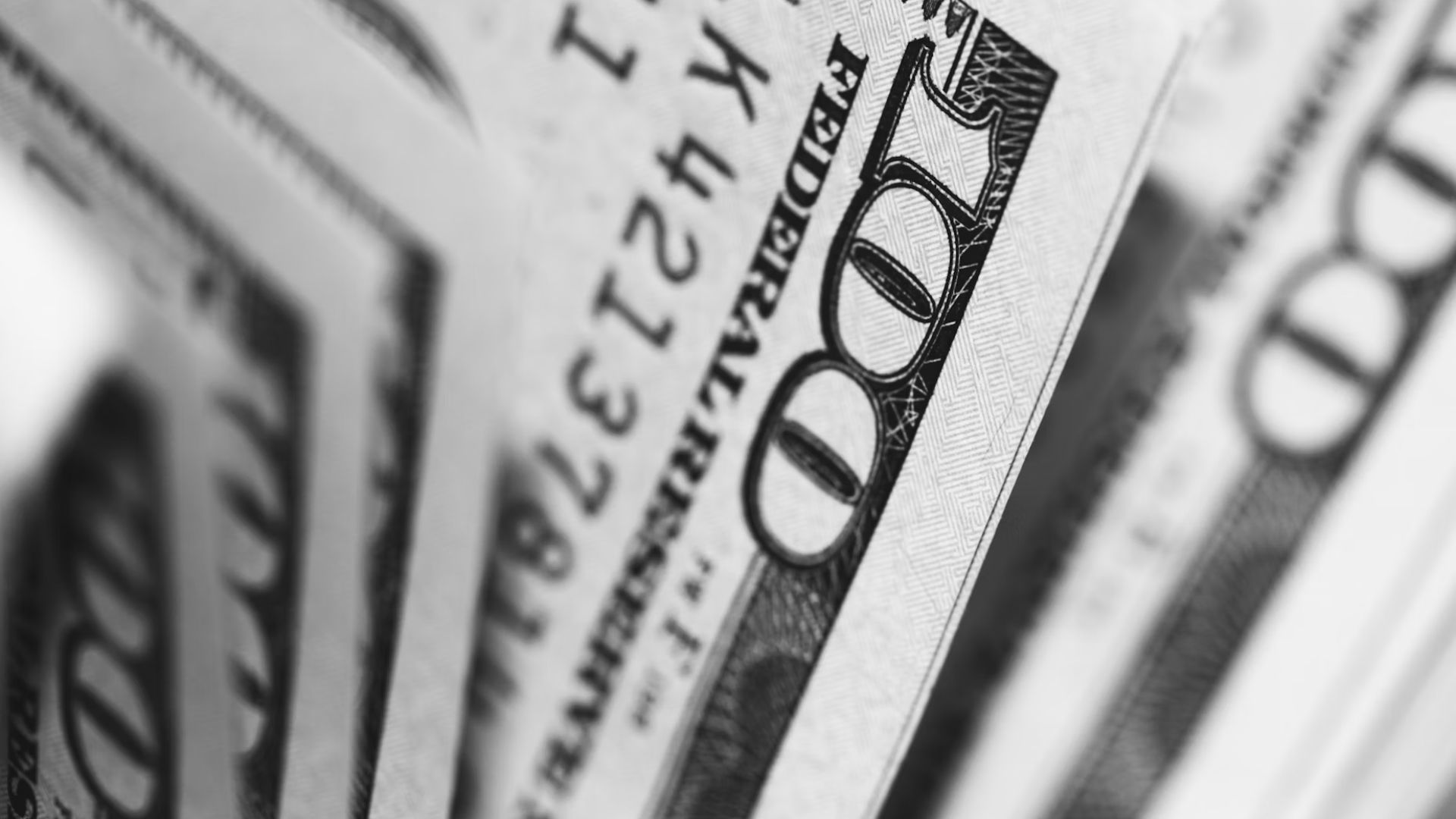
At least 99% of $2 bills are worth their face value. This means that people essentially only have a 1% chance that any $2 they have in their wallet or hidden somewhere in their house will be worth more than that.
As around 100 million $2 bills have been printed in the last five years, it is far too easy to come across them for these bills to be worth anything. However, bills that were printed decades, and in some cases centuries ago, could be worth some serious money.
$2 Bills Printed Before 1976 Are Worth a Lot
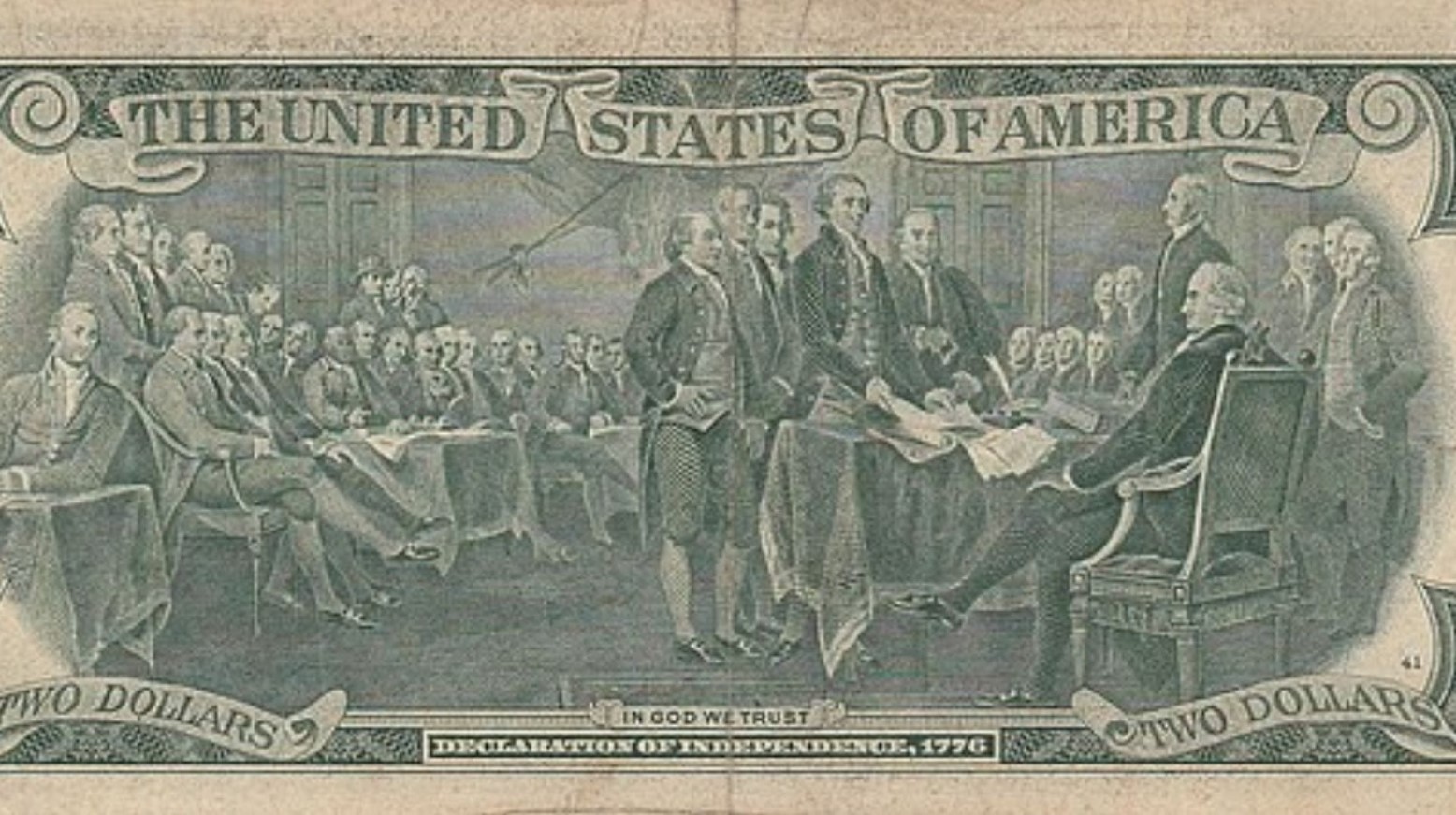
While $2 bills from within the last 30 years can be worth a lot in some circumstances, you’re more likely to find ones worth more that were printed and minted before 1976.
The most valuable were printed in the 19th century. However, they are unlikely to be in circulation anymore unless someone finds them tucked away in their attic.
$2 Bills Were Discontinued
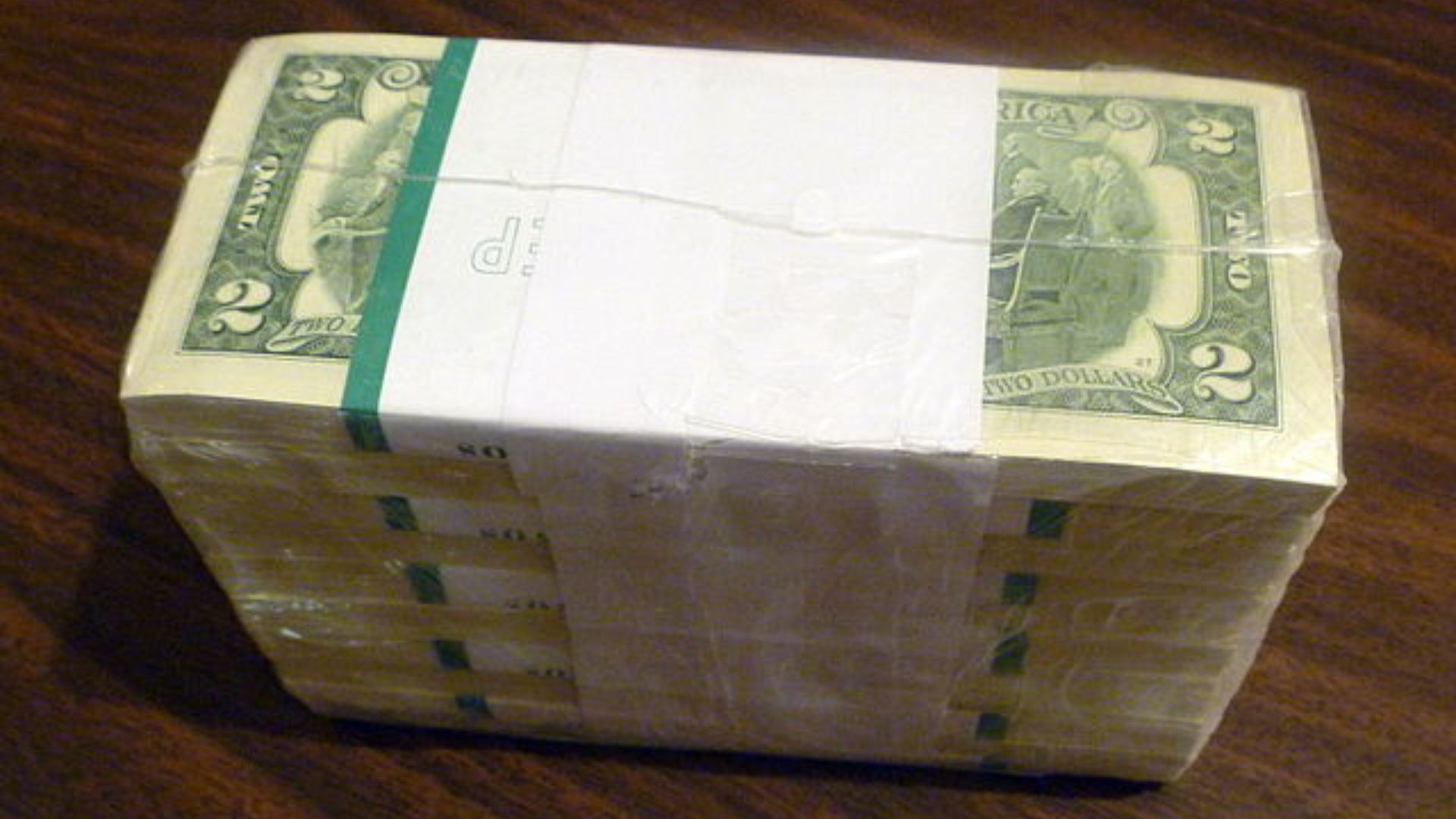
The reason why $2 bills that were printed and minted before 1976 are worth the most is because ten years earlier, the bills were discontinued.
However, even the ones brought back from 1976 onwards can still be worth a little money, but they are mostly worth less than $1000.
$2 Bills Printed Up to 1917
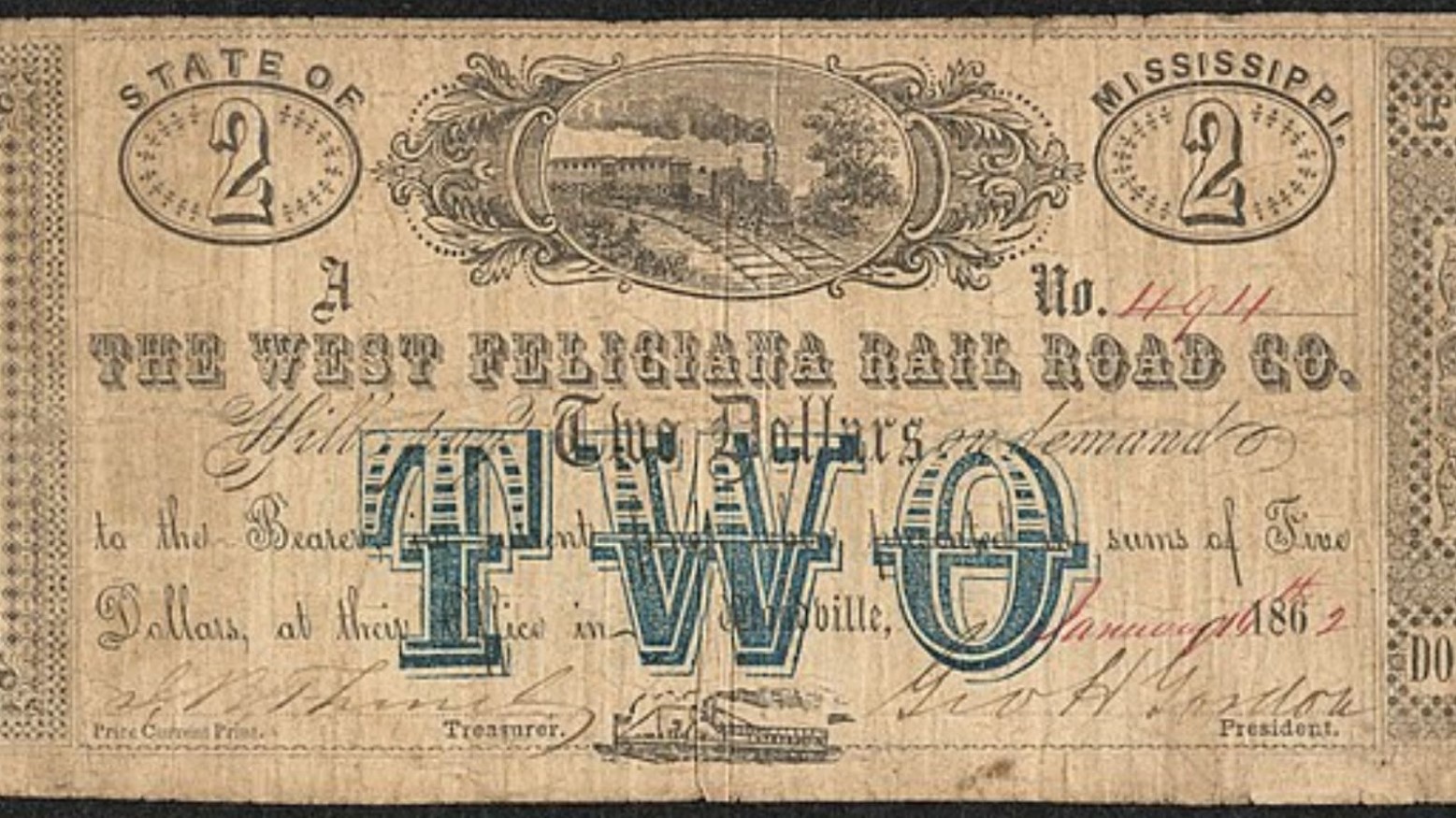
$2 bills printed before 1917 tend to be worth the most. As long as these bills are uncirculated, they are worth at least $1,000.
Bills with a red seal tend to be worth anywhere between $3 and $2,500, but in some cases, they can be sold for more. Bills with blue or brown seals tend to be worth only a few hundred dollars at most.
$2 Bills From 1995
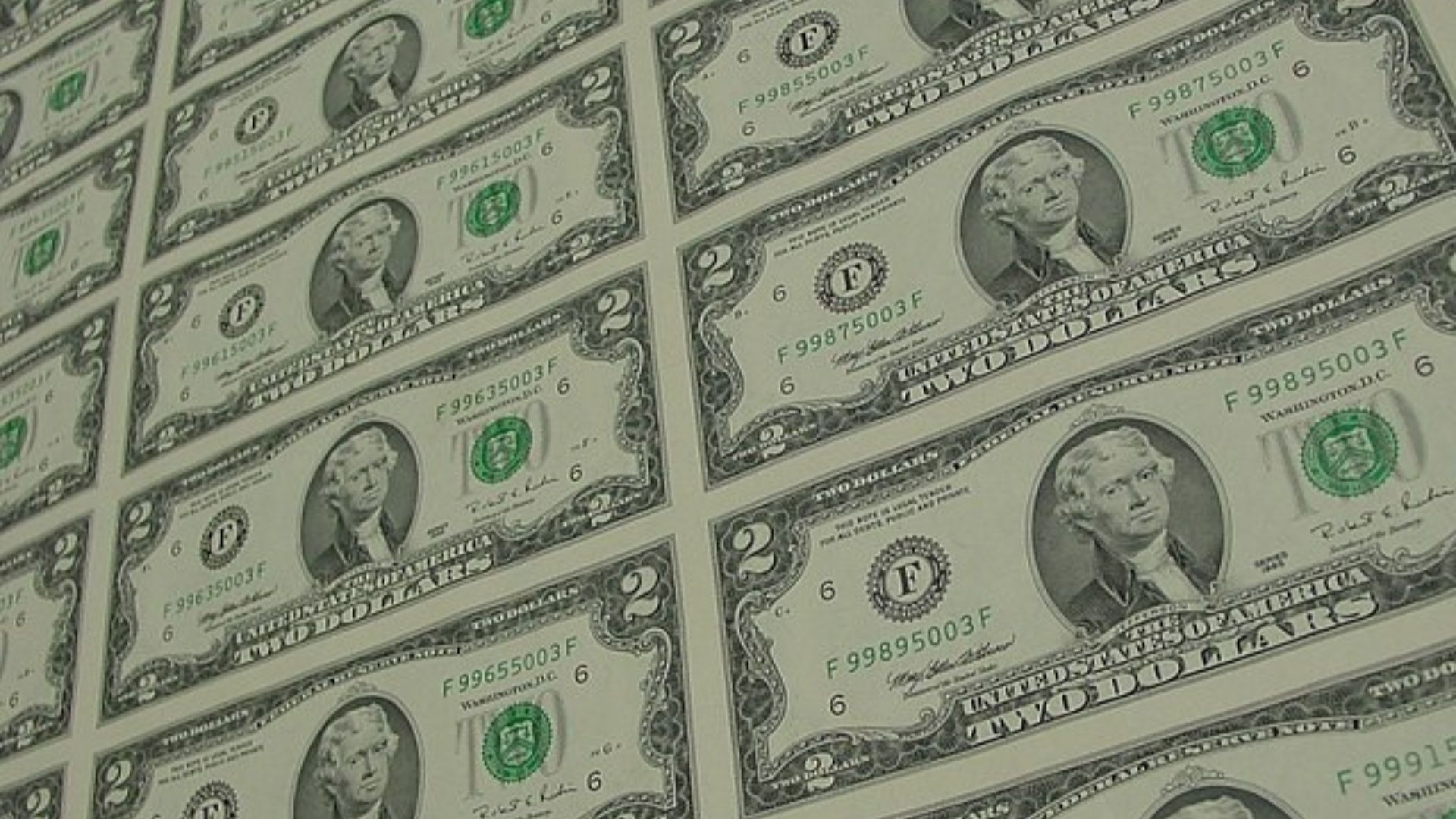
$2 bills from 1995 that are in a set of twelve and are in their original packaging could be worth $500 or more.
People are much more likely to come across $2 bills from this year and later than they are with the much rarer ones, but there is always the possibility that you will find some older $2 notes tucked away somewhere that may have been kept through the generations.
The Value of $2 Bills
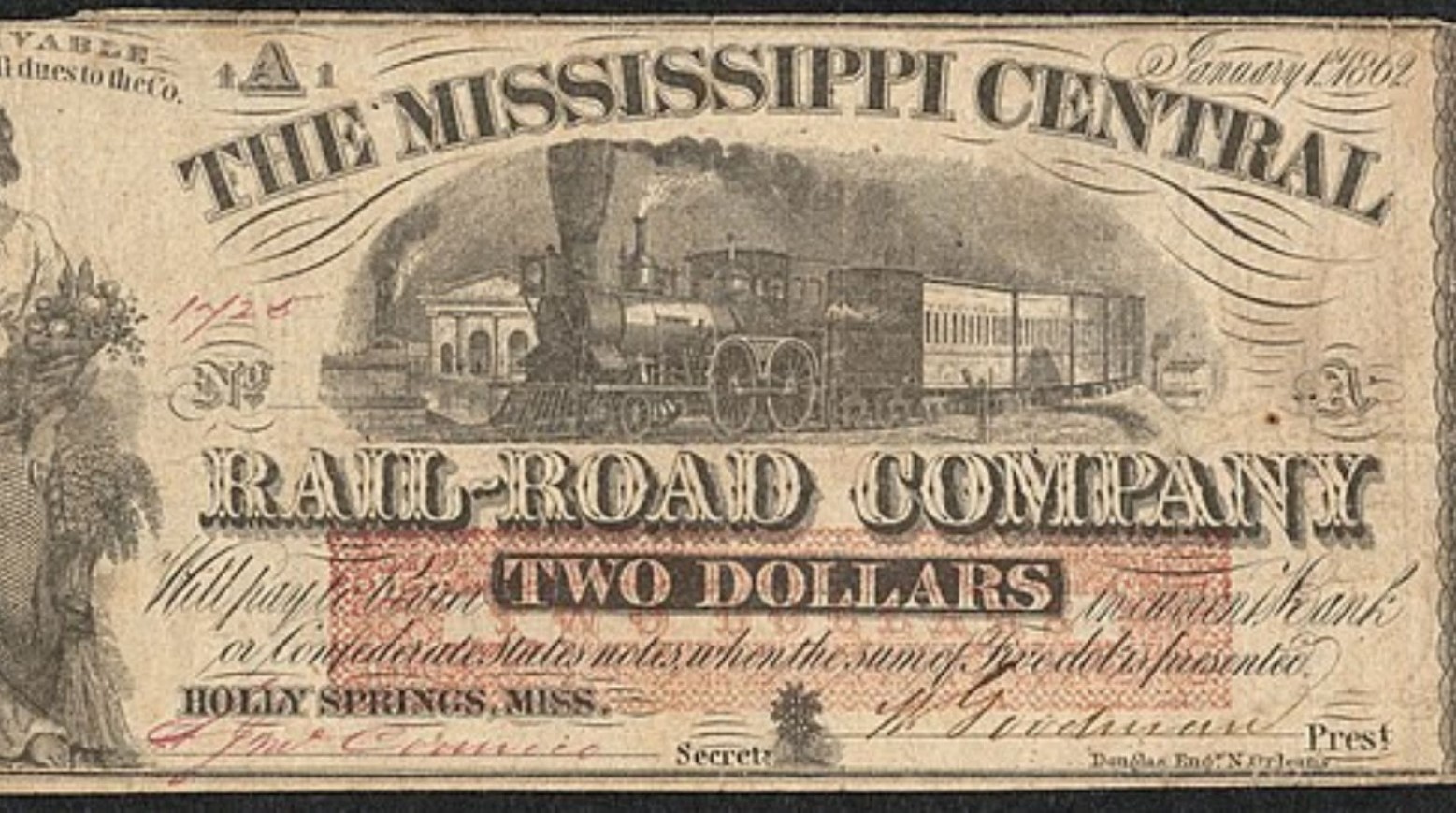
How much a $2 bill is valued at entirely depends on the year it was printed. Whether it has a brown or red seal will be valued the same amount in some circumstances, whereas in other circumstances, it will need to have a red seal to be worth anything.
The highest bill sold was from 1890, at $4,500; however, other bills from the same year have ranged from $500 to $2,500. 1862 bills can range from $500 to $2,800, whereas 1869 $2 bills can sell for more than $3,800.
$2 Bills With Green Seals Are Newer
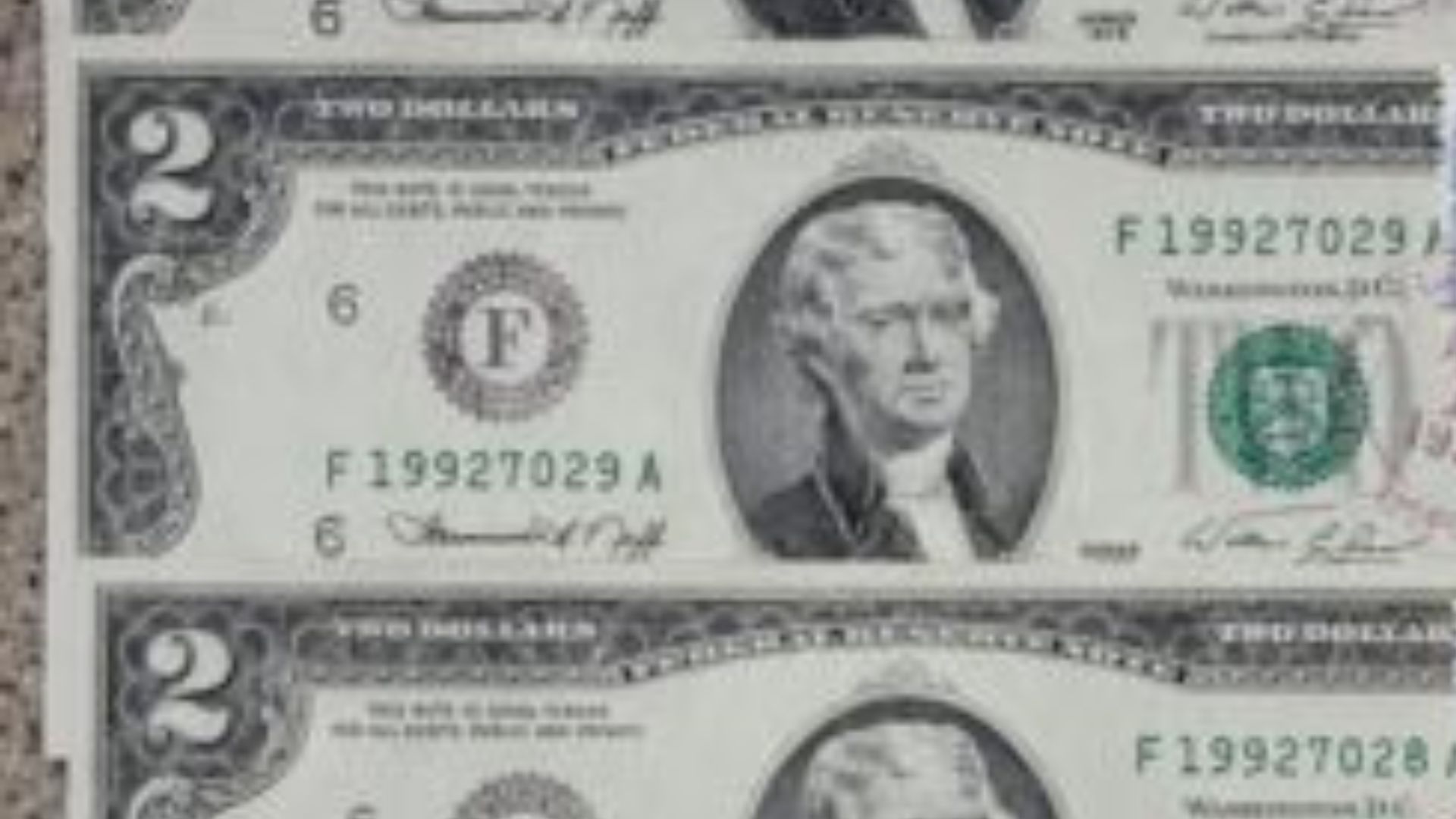
If you’re unsure where the year is on the $2 bill and want to check whether it will be worth thousands or hundreds, the color of the seal is a good thing to look for.
If it is a red or brown seal, it suggests that it is a bill printed and minted before 1976, so it is probably worth a lot of money. If it has a green seal, it was likely printed and minted after 1976, so it isn’t likely worth much, except in rare circumstances.
$2 Bills in Circulation
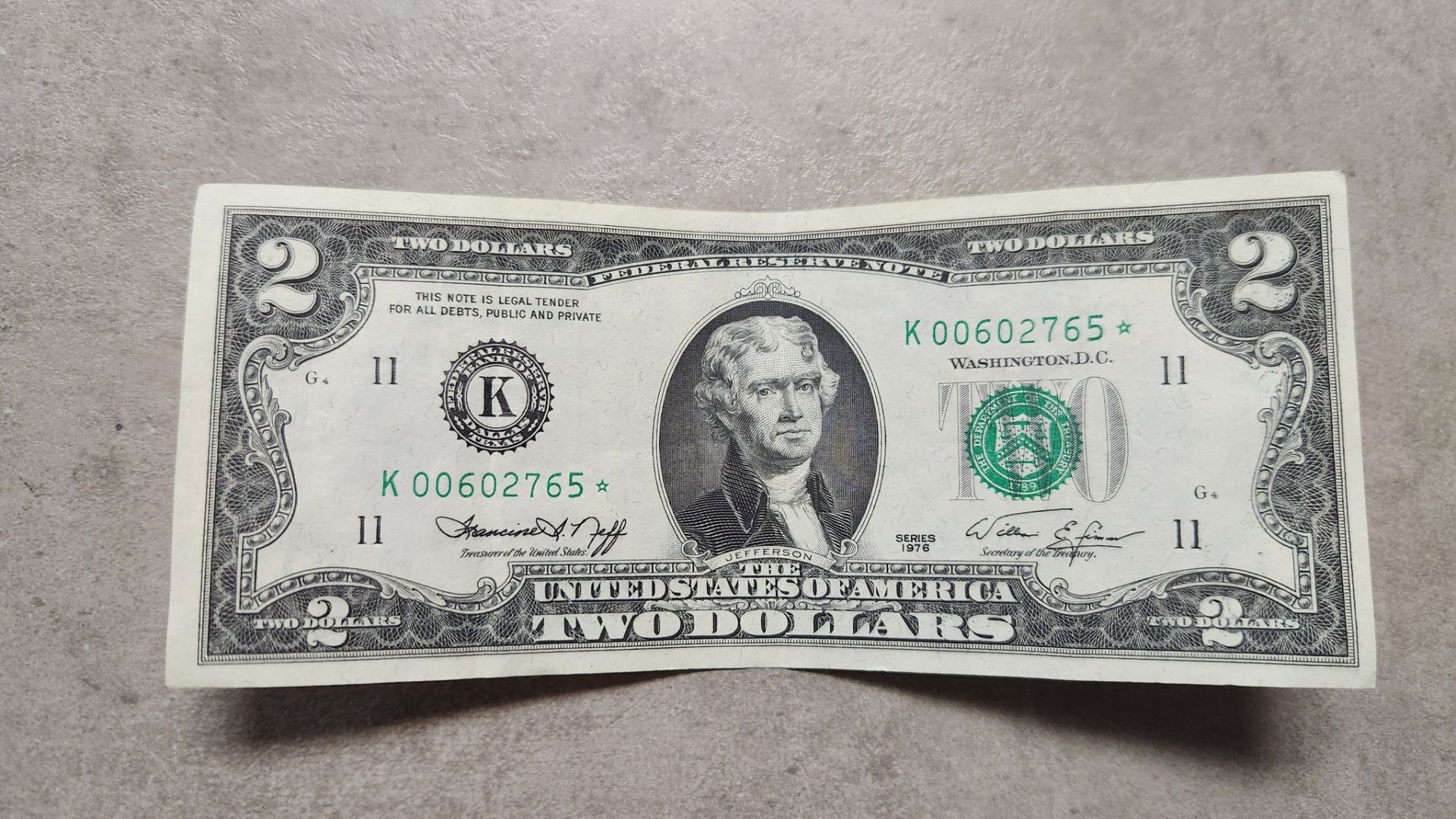
While $2 bills are uncommon, they are still in circulation and make up a relatively large portion of the overall currency that circulates year after year.
In 2022, $2 bills in circulation made up $3 billion, with the overall total currency in the same year totaling up to $54.1 billion.
$2 Bills Are Unlucky
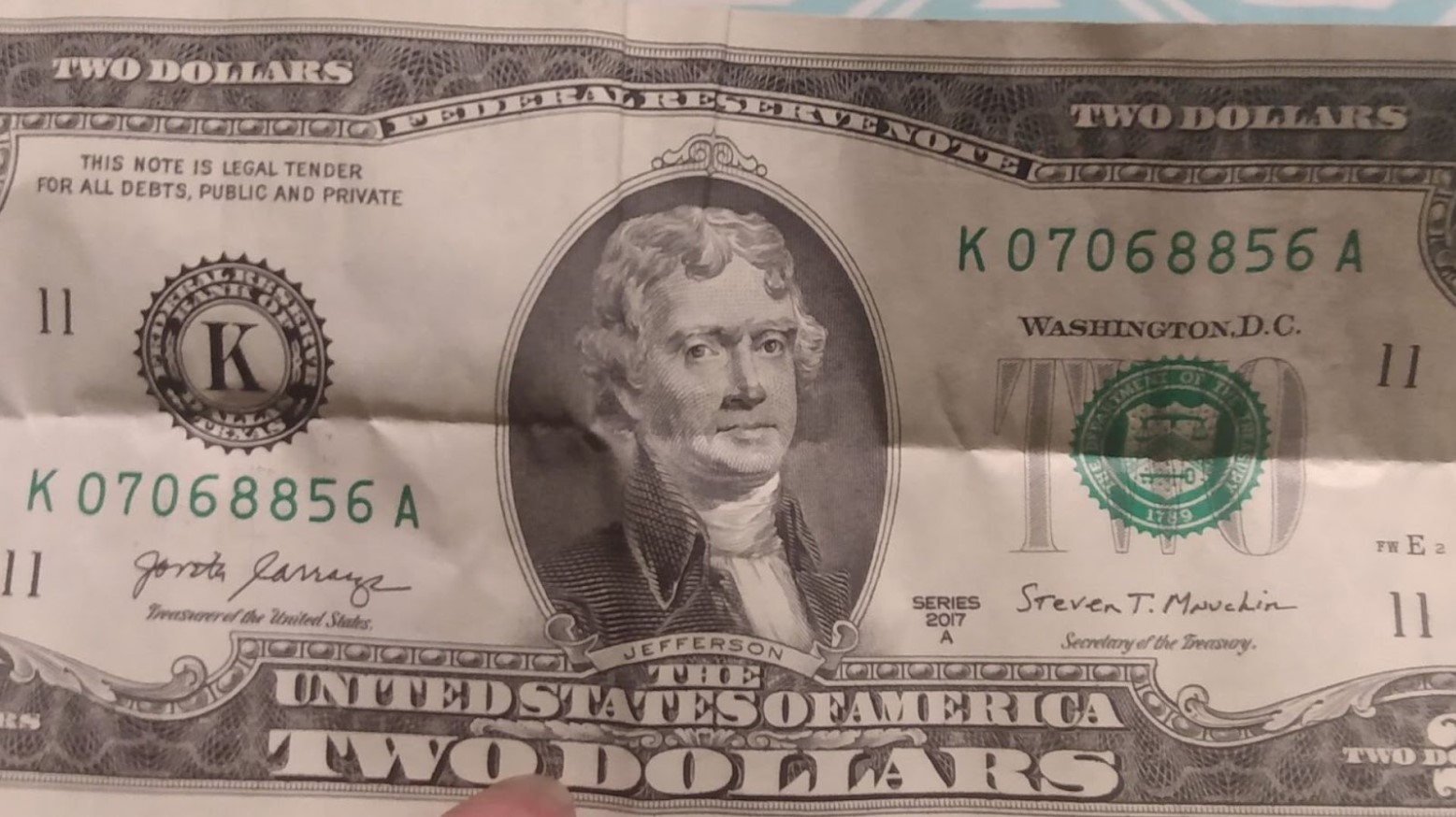
Most people don’t tend to use $2 bills, or if they are given one at checkout, they are keen to get rid of them straight away as they are seen as unlucky and awkward to use.
After wartime inflation and economic expansion, the number of times they were used increased. However, this didn’t stop people from returning them to the Treasury with the corners ripped off so they couldn’t be used in circulation.
Portraits Needed to Make $2 Bills Valuable
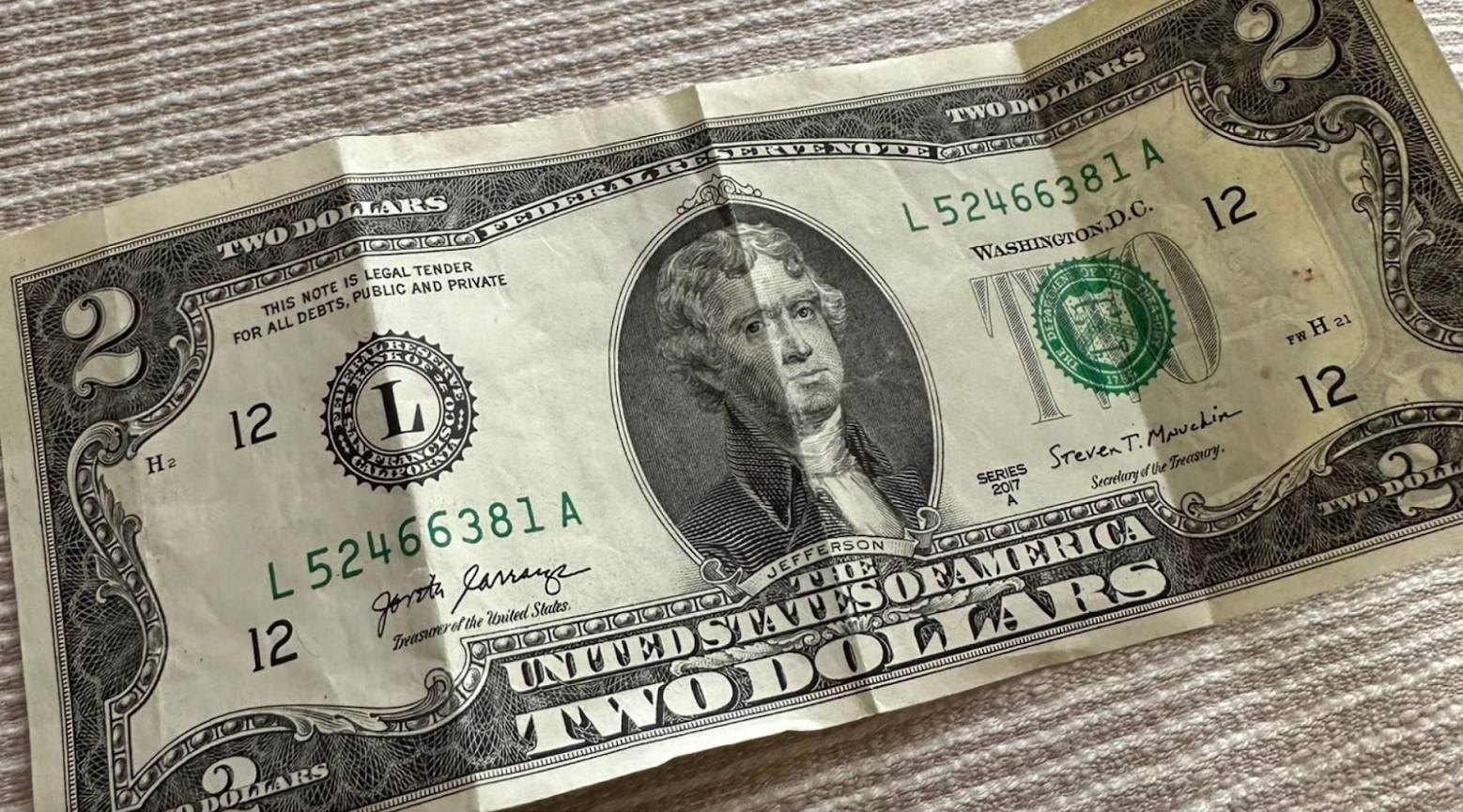
There are a few factors that need to be taken into consideration for a $2 bill to be considered valuable. One is that it needs to include a portrait of either Alexander Hamilton or Thomas Jefferson.
These $2 bills also need to be uncirculated. If the bill is still circulating, it may only be worth a few hundred dollars. However, if it is uncirculated, it could potentially be worth thousands.
What Does Uncirculated Mean?
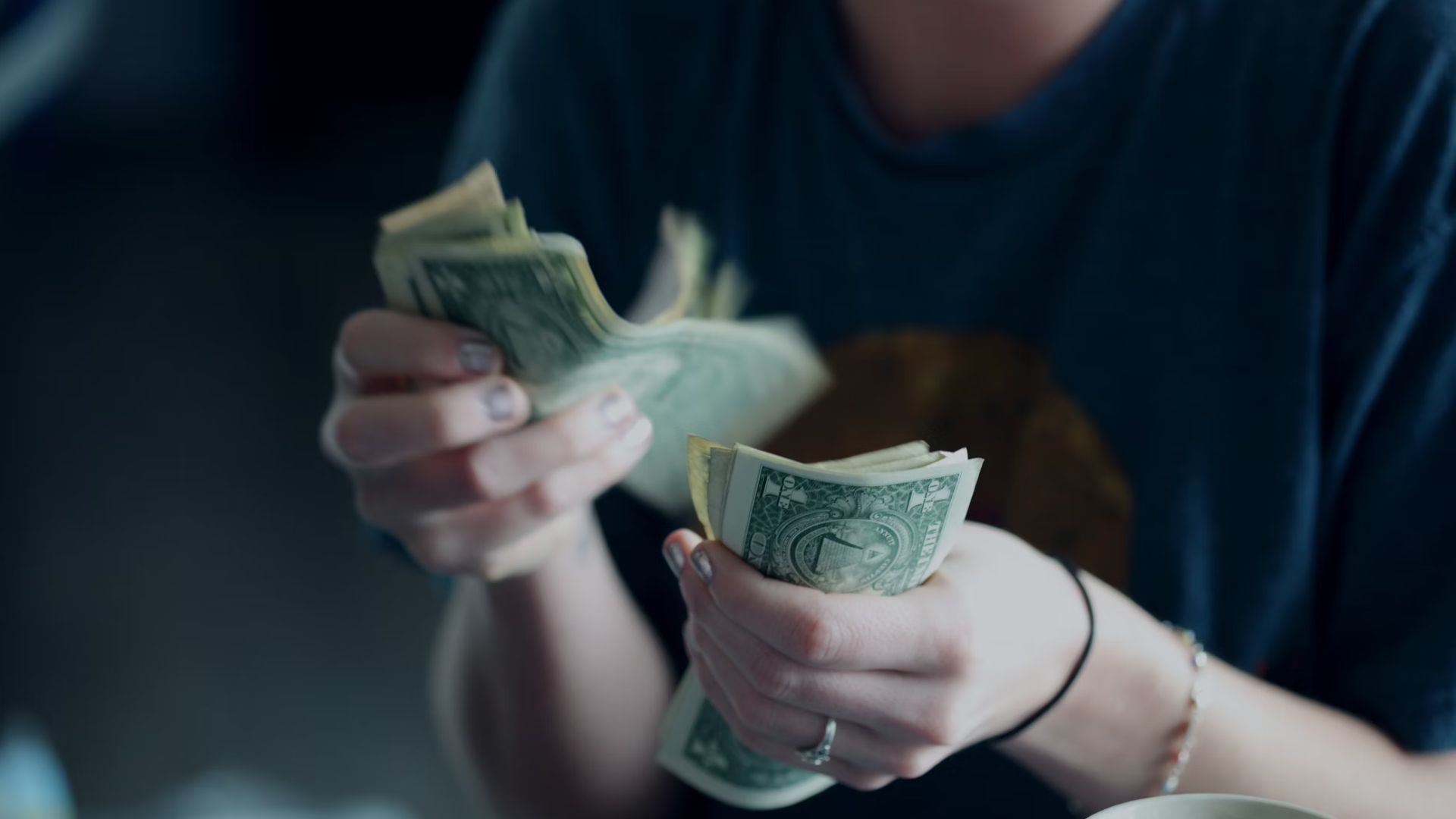
There can sometimes be some confusion about what uncirculated means and how you can know if your money has been circulated or uncirculated.
An uncirculated bill has to have not been released into circulation and should be in the same condition as when it was produced. This means that the bill needs to have gone from the Bureau of Engraving and Printing in Washington, D.C., to the bank and to the person who owns it, all while remaining in the same condition as when it was printed.
Low Serial Numbers and Misprints
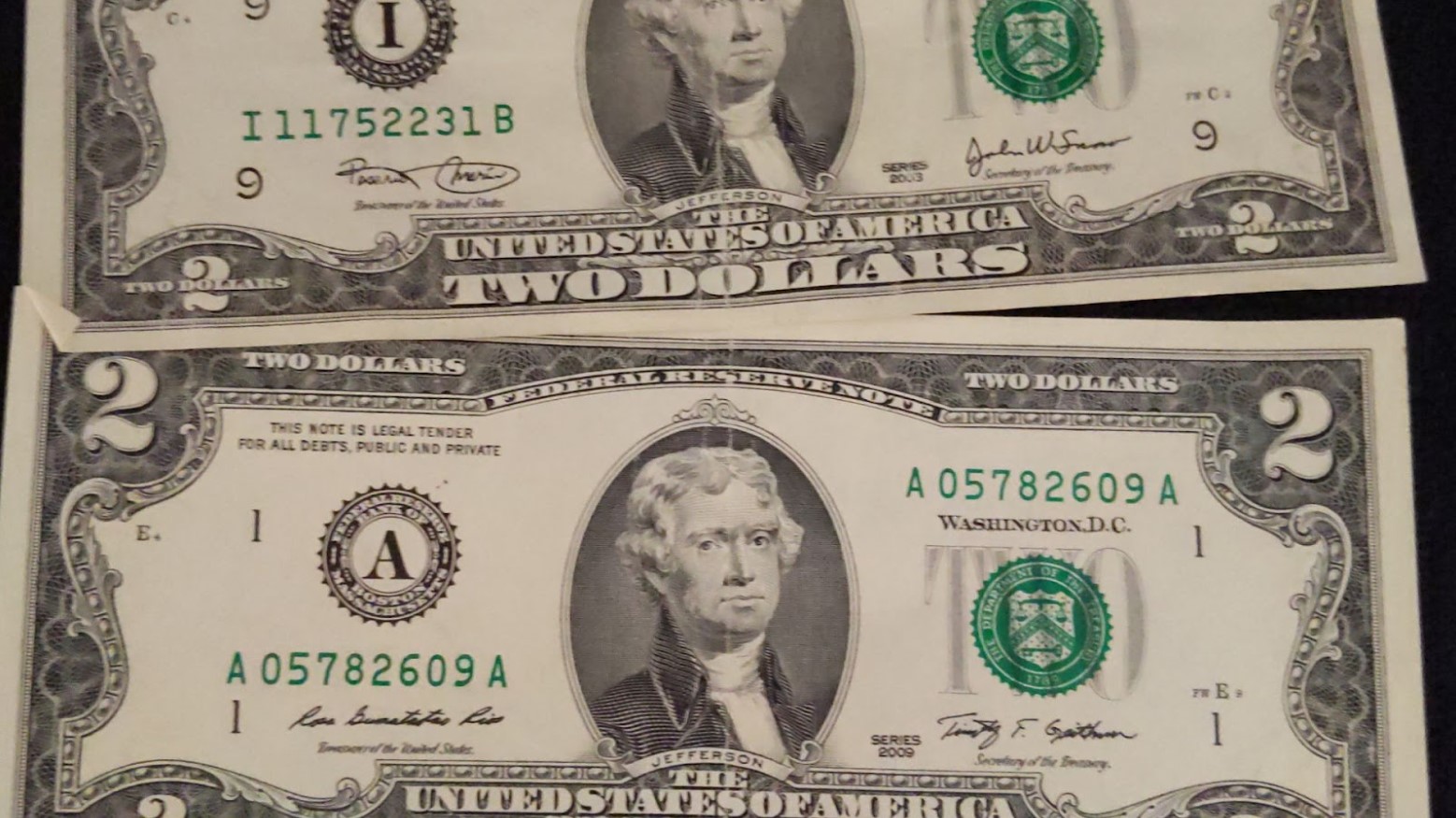
Older $2 bills seem more valuable than newer ones. However, if that bill has a low serial number or a misprint, it could still be worth a bit more than ones with high serial numbers or that have not been misprinted.
This is because these bills are seen as being quite rare, and there will be certain collectors out there who would want to add at least one of these notes to their collection.
$1 Bills Can Also Be Worth Thousands
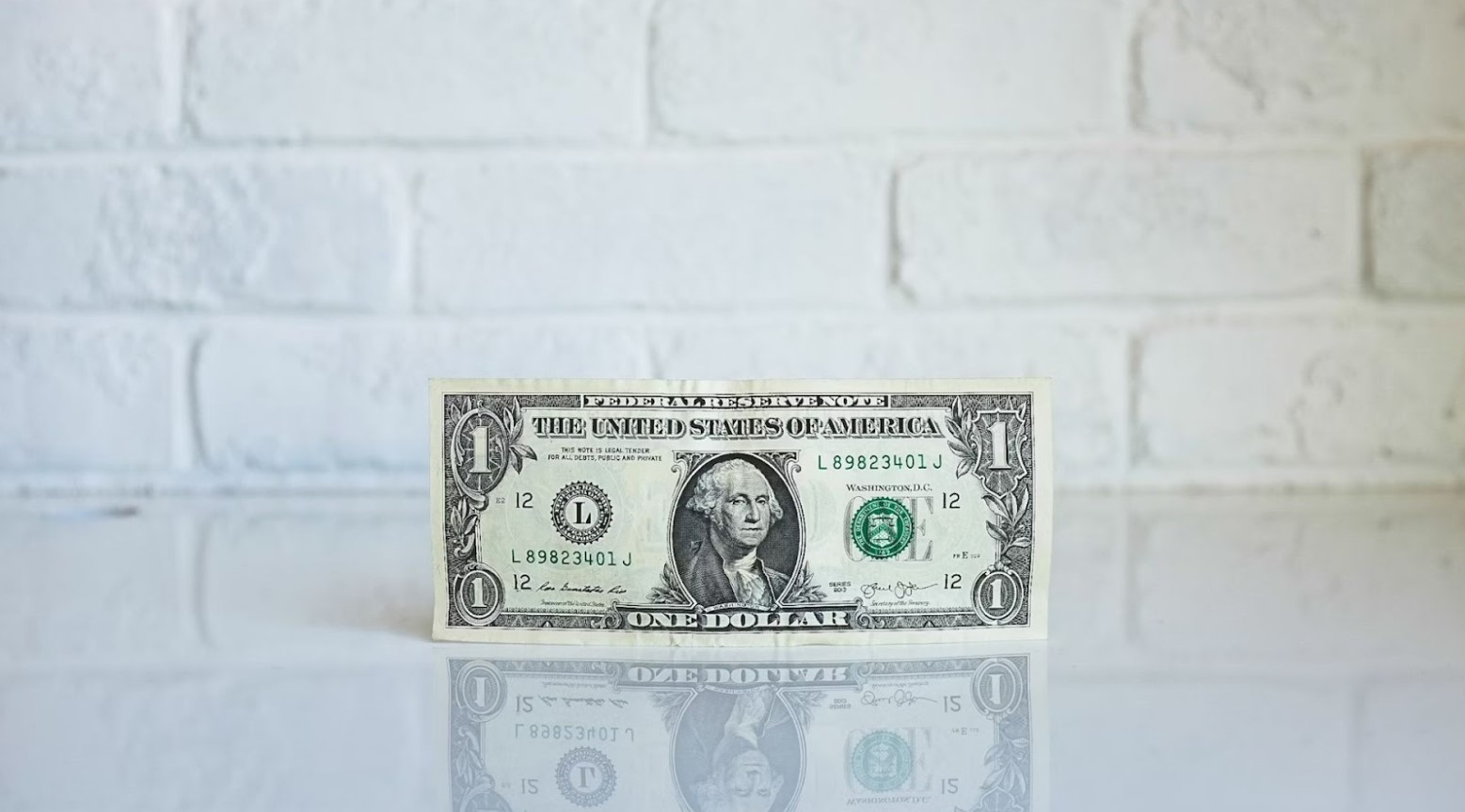
It’s not just $2 bills that might be worth thousands. While $1 bills are significantly more popular, some from certain years can be worth hundreds of thousands of dollars.
These bills were printed in 2014 and 2016. Despite being relatively new, 6.4 million of them were printed with an error, and some of them will be worth $150,000.
How to Tell if a $1 Bill Is Worth Anything
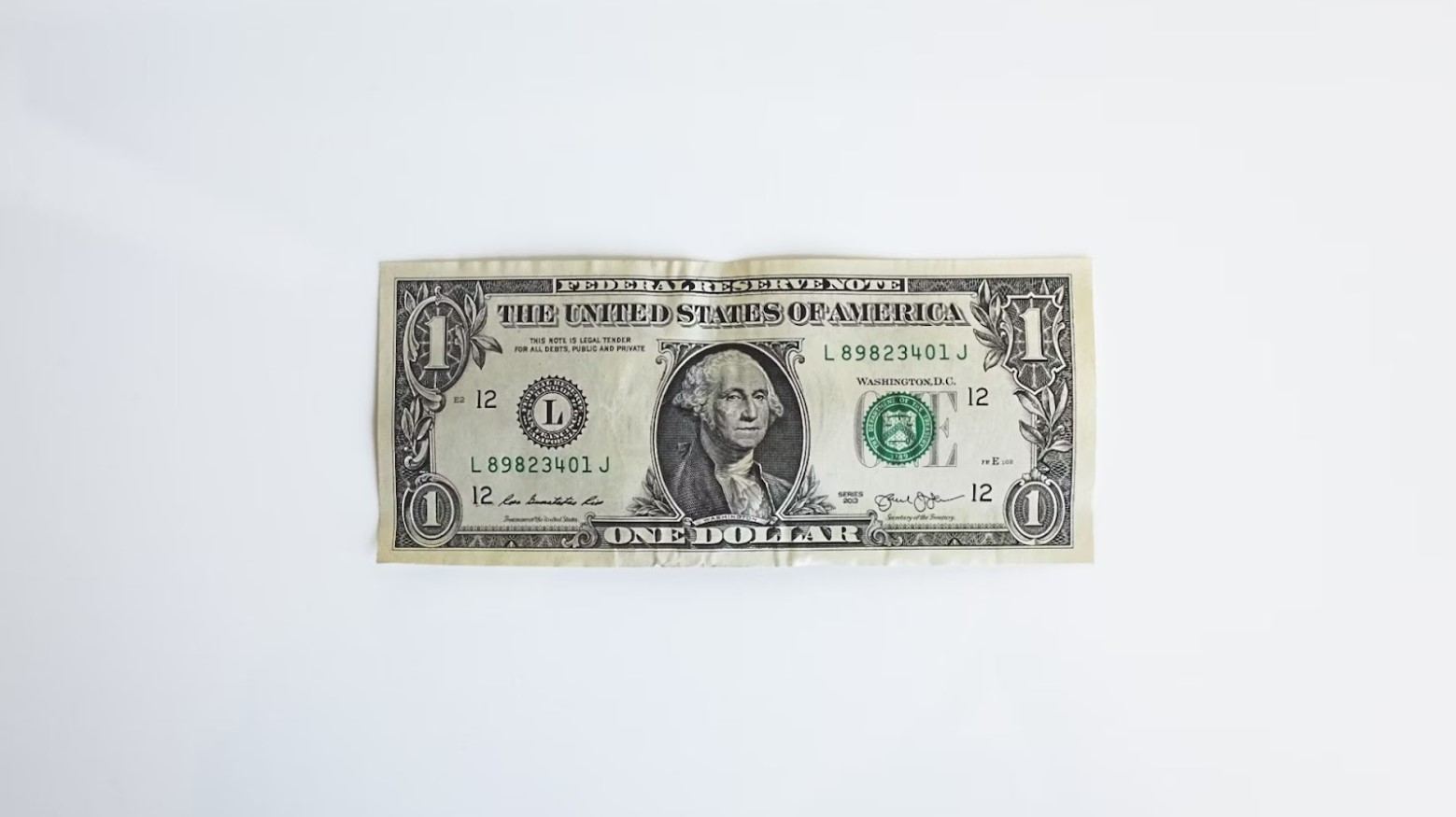
There are a few things you need to look out for if you think you have a $1 bill that could be worth more than the value printed on the bill itself.
The series date must have Series 2013 written on it next to a print of George Washington. It should have a B Federal Reserve seal above the serial number, end with a star and be between B00000001*-B00250000* or B03200001*-B09600000*.
Rare Coins Worth Millions

It’s not just dollar bills that are worth more than their face value; some rare coins that you might find down the back of your sofa could be worth millions.
This includes the Lincoln head copper penny from 1943, which is said to be worth $2.3 million, and the Saint Gaudens gold coin from 1933, which is worth $9 million.
Pennies From the 1800s Worth Thousands
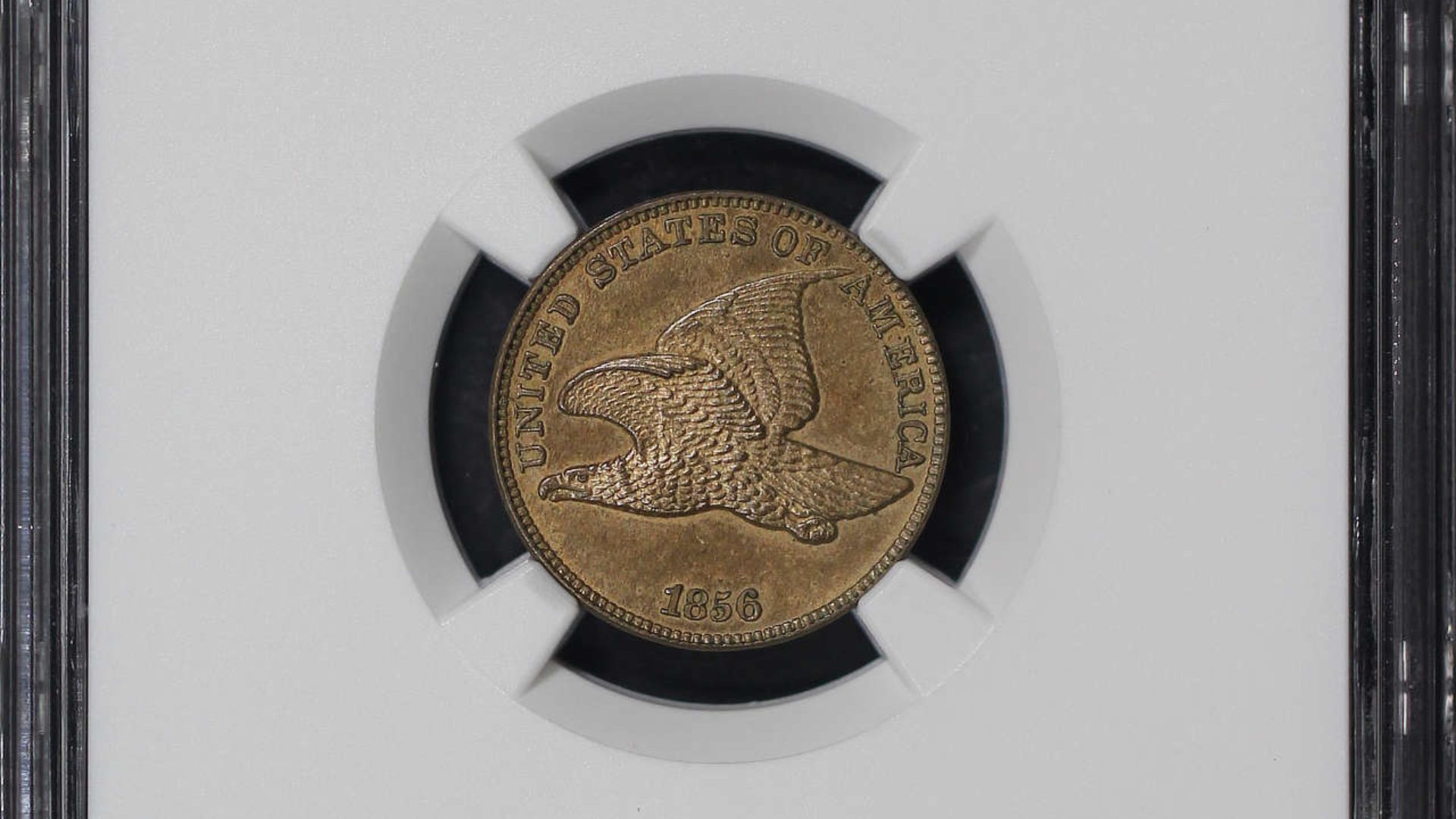
Coin collectors tend to keep their coins in special books that are hidden away somewhere. It’s possible that someone might have one of these in their attic that has been passed on from a relative that might contain some rare coins from the 1800s that are reportedly worth thousands.
One example is the 1856 1C Flying Eagle, which is worth between $8,000 and $25,000, with one fetching $172,500 at auction.
Kentucky Farmer Finds Coins Worth Millions
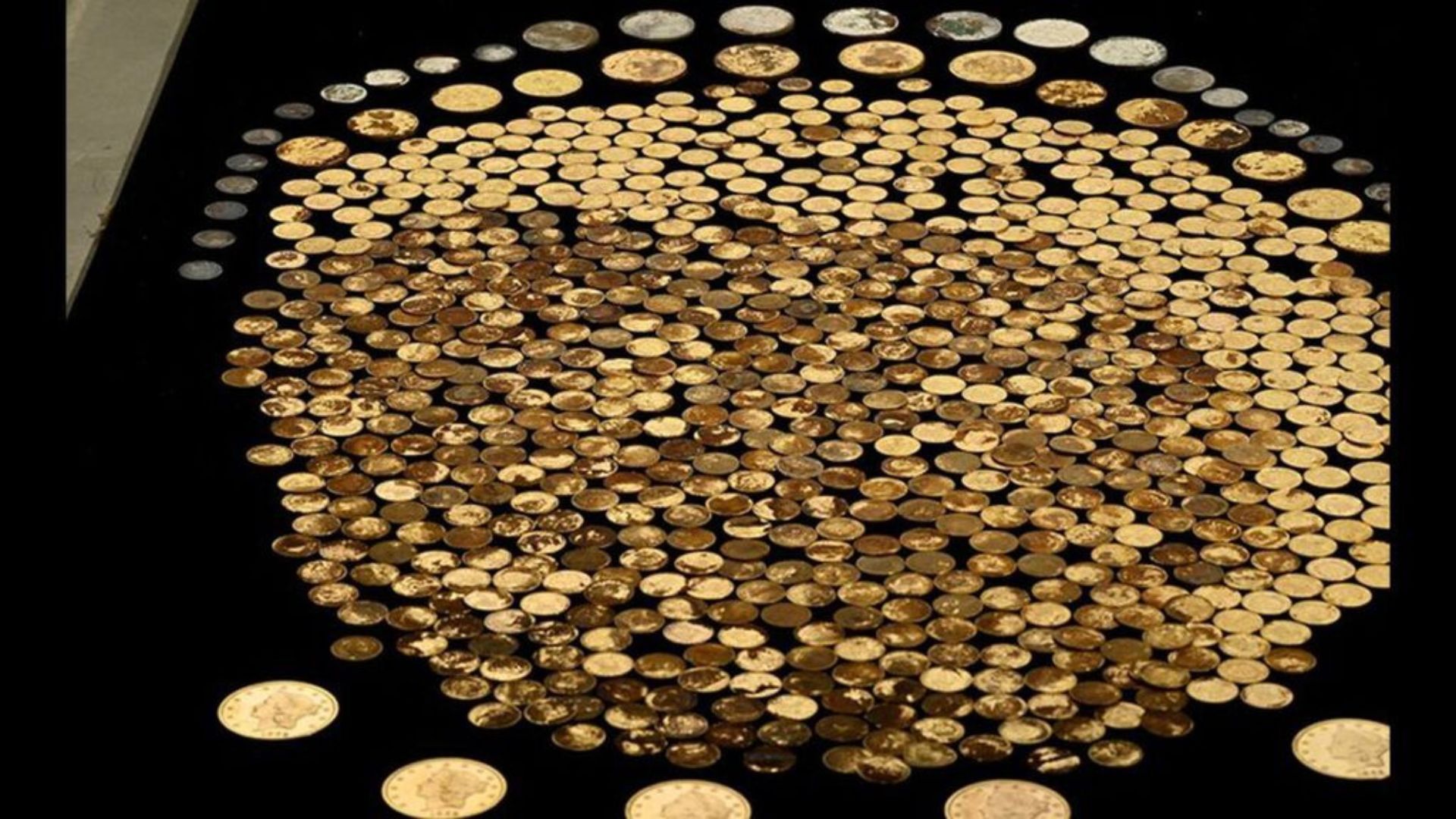
In some cases, people will come across rare coins by accident that they assume to be old and worthless when they are actually worth millions and are of historical importance, so they should be kept hold of.
One Kentucky farmer found 700 gold coins from the Civil War. The coins’ values were between $1 and $20; however, their overall value today is over $1 million.
How Is a $2 Bill Valuable?
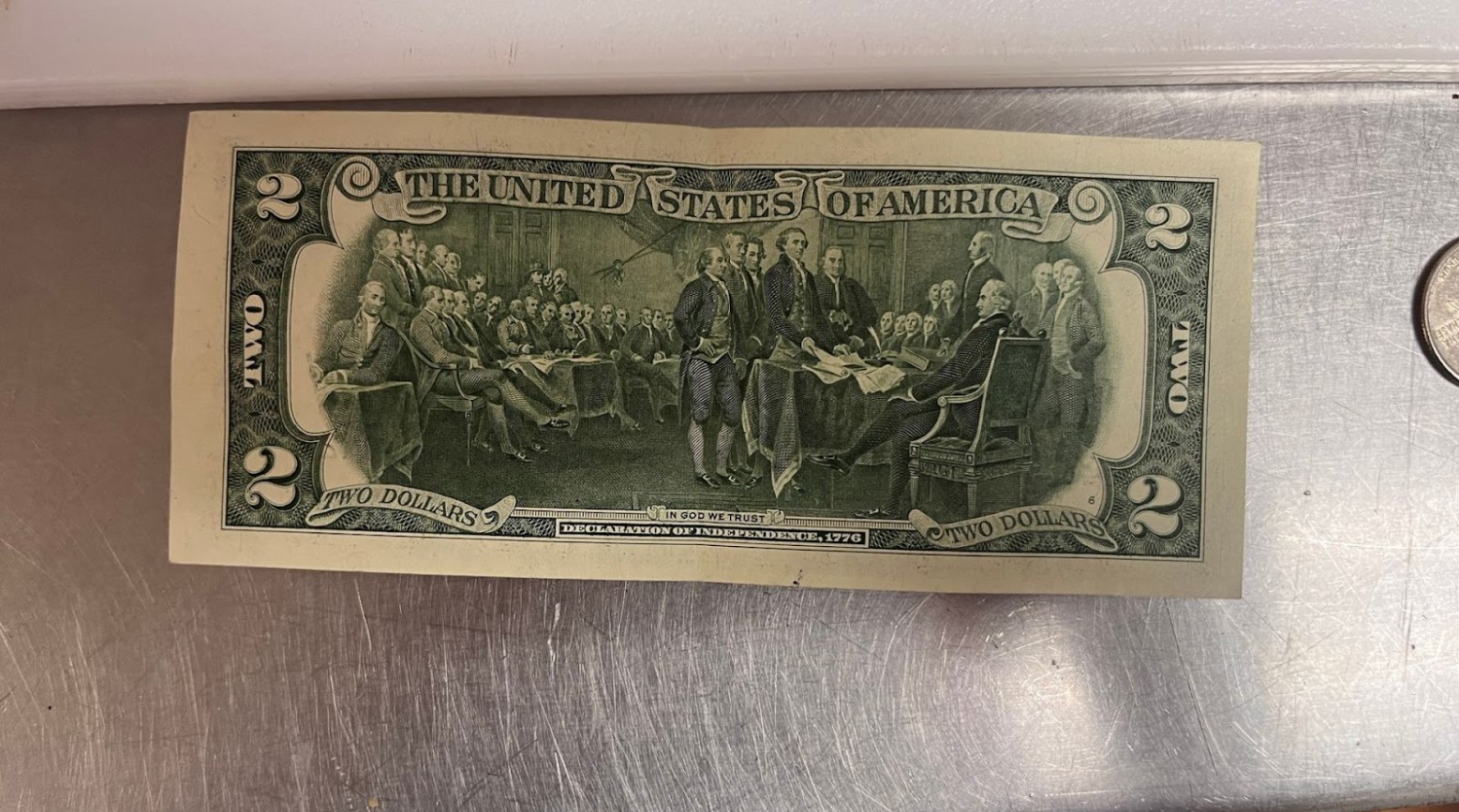
To check whether your $2 bill is rare or worth any money, there are a few things you can look out for that will likely mean you should hold onto this bill to sell it for future use.
If it has a palindrome (serial numbers read the same both forwards and backward), repeated serial numbers, or has a star on the serial number, making it a replacement bill and much rarer, you could stand to make thousands from it.
Star Bills Are Rare
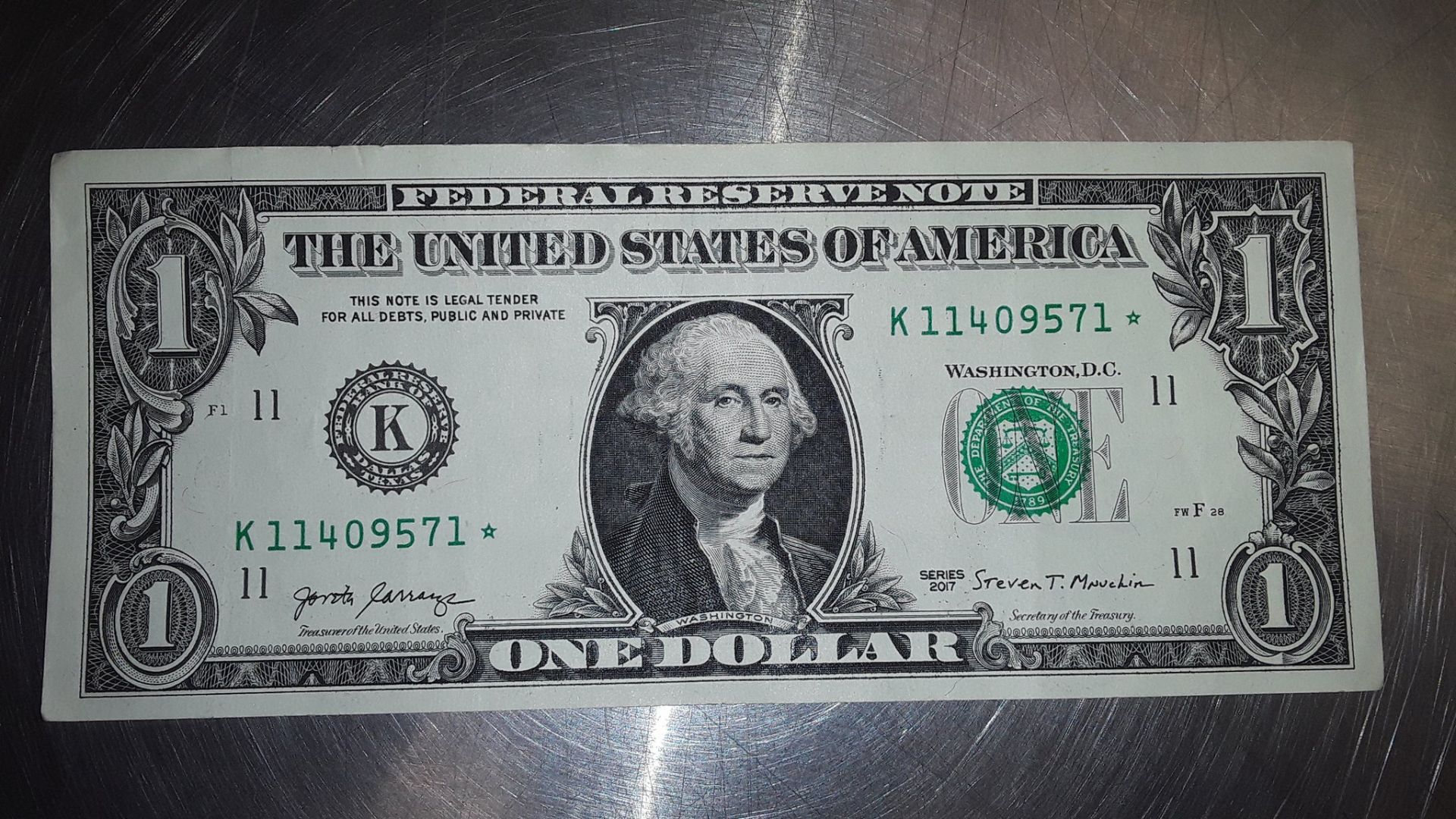
A star bill has its own special serial number, which is followed by a star instead of in the place of a suffix letter.
However, these star notes are rare, and the only way to find one is among circulating currency, as the bureau doesn’t sell them.
Checking What Your $2 Bill Is Worth
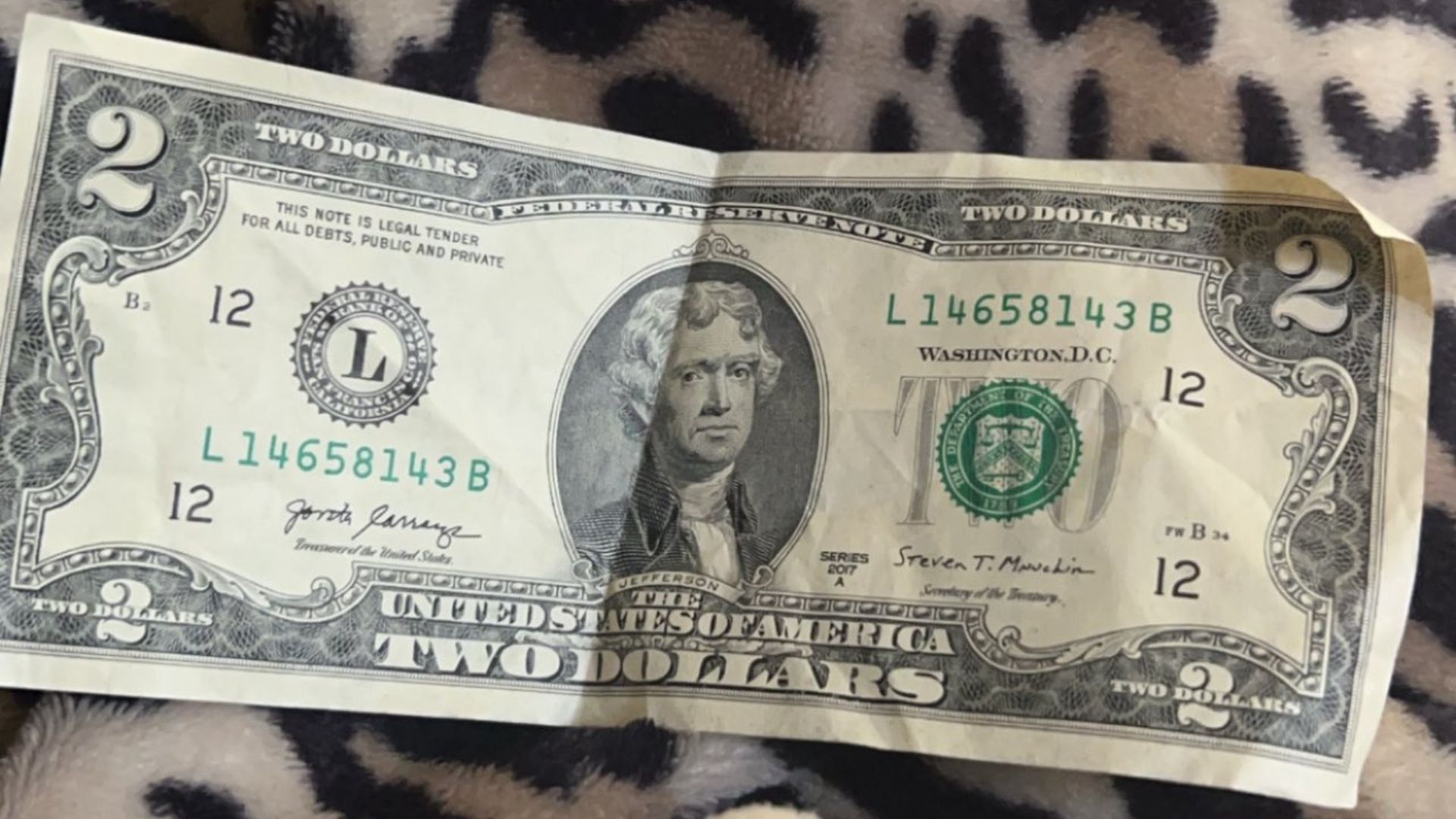
If you have checked the serial number and seal and are still unsure whether your $2 bill is rare or not, there are other ways to determine its worth.
Using the US Currency Auctions website will give you the exact amount your $2 bill is worth. This can tell you whether it is worth holding onto the bill and selling it to a dealer or at auction or if it’s actually not worth anything.
